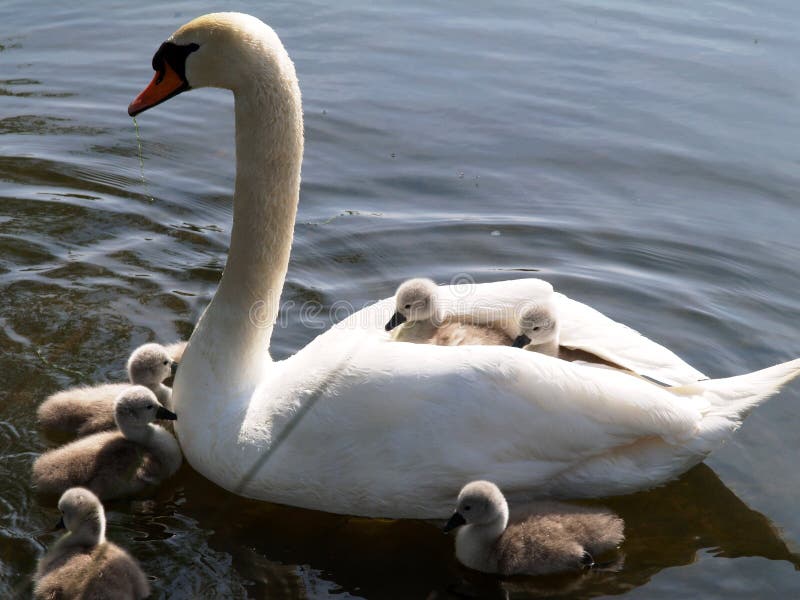
Swan and stock image. Image of fluffy, feathers 9320639
Why some swans have yellow legs and feet Yellow/orange legs indicate the rare leucistic color phase. Leucistic Trumpeter Swans are white at hatch, do not go through the gray juvenile plumage phase, and often have very bright yellow legs as adults. They are not albino- notice the black bill and eyes.

FileMute Swan detail.jpg Wikipedia
These 9 Mute Swan Cygnets have just hatched and huddle together in the nest while their parents go for a swim. In Heemskerk, the Netherlands. Filmed with: ht.

Two white swans with their Pascal Raymond Dorland Flickr
Swan With Cygnets (1 - 60 of 552 results) Estimated Arrival Any time Price ($) All Sellers Sort by: Relevancy Swan & Cygnet. DIY stuffed felt animal pattern and guide. (548) $6.11 $7.63 (20% off) Vintage Signed Pair Boehm Hand Painted Duck Duckling Goose Gosling Swan Cygnet Bird Waterfowl Figurines (266) $495.00 FREE shipping

Mute swan (Cygnus olor) on the nest with newly hatched England, UK, May. Stock Photo
The swan's hatchling is what we call a precocial hatchling. Which means it's fully able to see and walk as well as being able to feed and clean itself. It will have down (a fluffy furry like substance) and will need nowhere near the amount of care from its parents that a chick from a kingfisher or a blue tit would need.

FileSwan with nine 2.jpg Wikipedia
This pair of black swans had seven cygnets earlier this Spring. This video shows the mother swan with one cygnet riding on her back and the family altogether.

Animal Mute swan Swan Bird Wildlife Baby Animal Wallpaper Baby swan, Mute swan, Swan
Juvenile Mute Swan cygnets What is a baby swan called? Baby swans are called cygnets, which is derived from the Old French "cigne" meaning swan and originally from the Latin cygnus. The word cygnet for a baby swan is not to be confused with the word signet for a ring with letters carved into it.
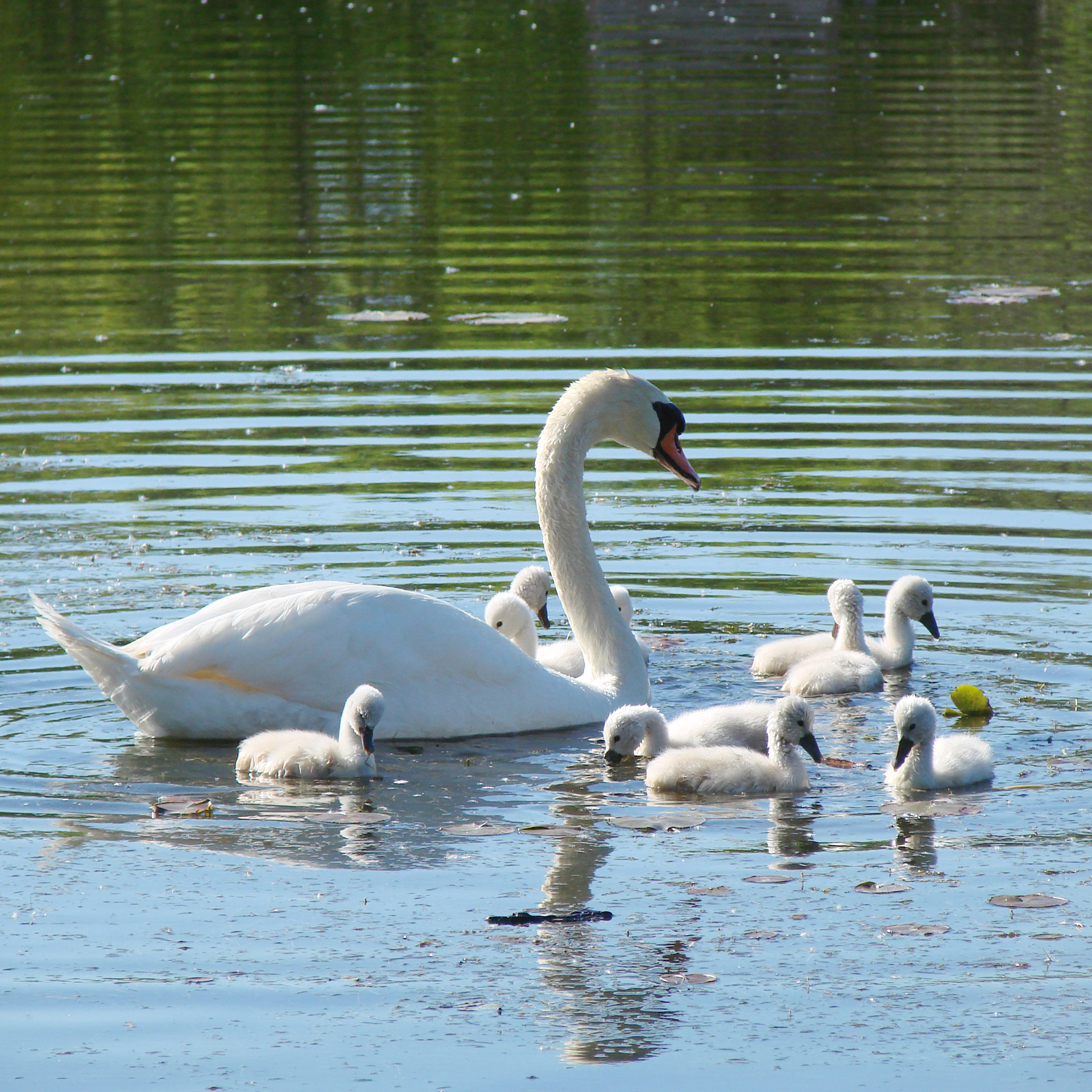
Swan With Free Stock Photo Public Domain Pictures
Baby Swans First 3 Months What Happens Next? Swans' Months 4 to 6 Facts about swans, their biology, how they live and how they raise their young.
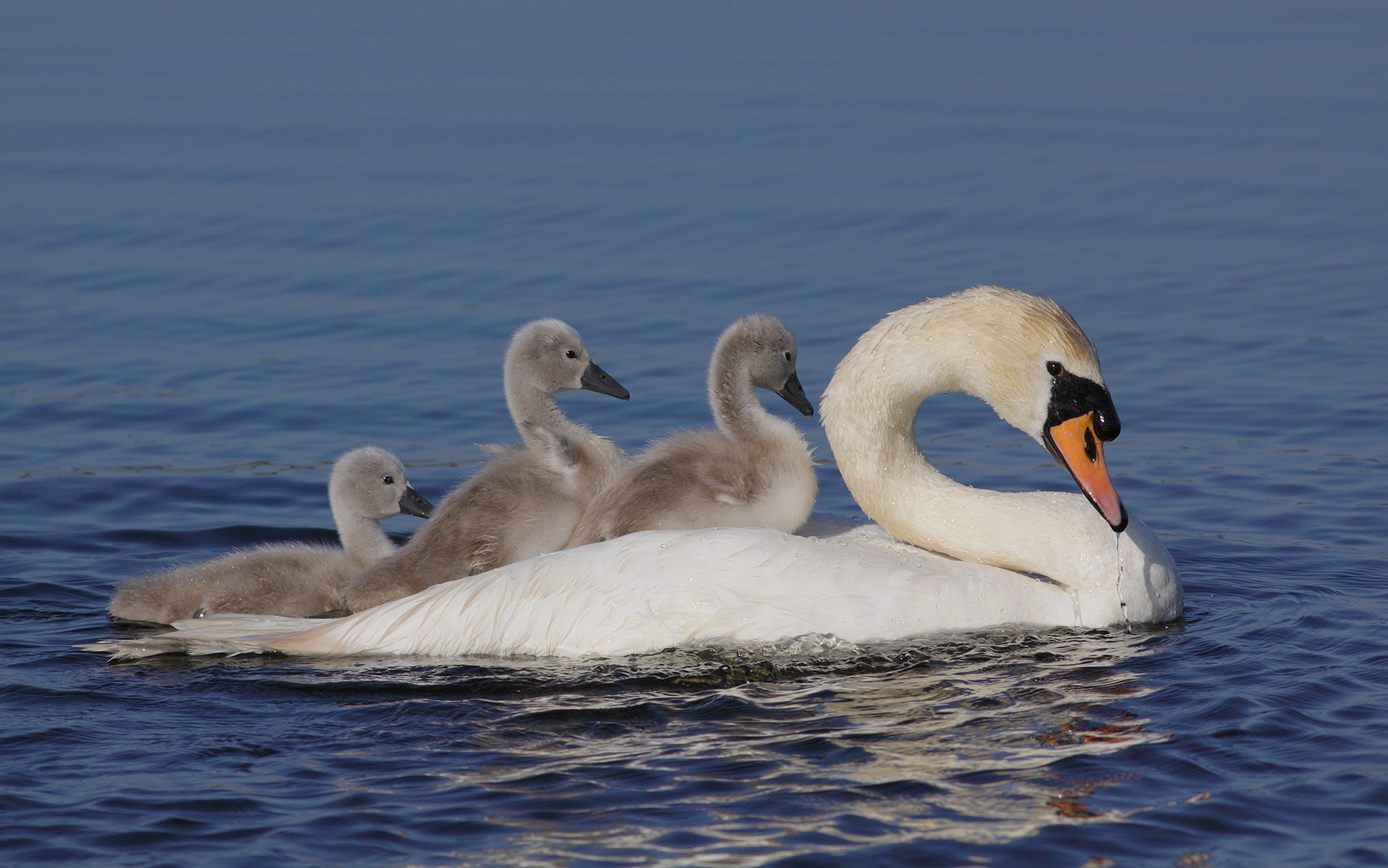
Mute Swan & Paul Miguel Wildlife Photography
Young swans, called cygnets, remain with their parents through their first year, learning traditional migration routes and wintering spots from adult birds. The recovery of the Trumpeter Swan is an inspiring reminder that concerted bird conservation efforts can bring back the birds; other conservation success stories include Swainson's Hawk and.

Trumpeter Swan With Photograph by Ken Archer Fine Art America
A Hunter from Maryland Traveled to Pennsylvania to Shoot her. If a Hunter or WildLife Agent Sees a Band on a Wandering Swan.. They may Re-framed from Shooting your Swan.. If you Only have One Cygnet.. A Band might not be Needed until they are 4-5 Months Old. I will Share ONE Example that Surprised me.. ( Still Learning )
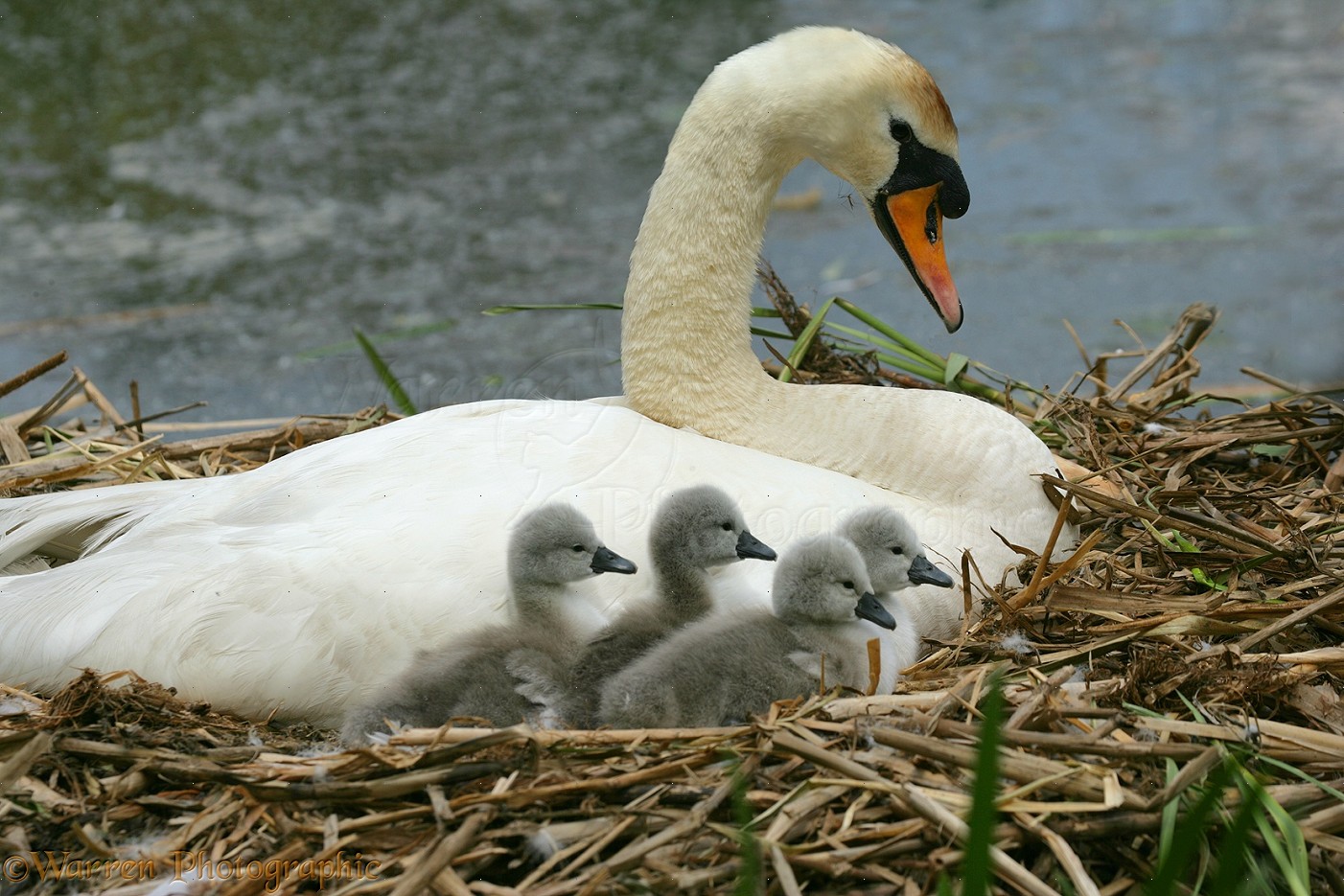
Mute Swan with photo WP09556
Swans leave the nest site after about forty eight hours, any unhatched eggs will be abandoned. The family group will not return to the nest site as a matter of course, from now on, the family will live within the range of the group's territory, not necessarily spending the nights in the same spots.
Swan carrying her aww
Swan eggs are quite large, usually around 4 to 5 inches (10-12.6 cm) long and 2.4 to 3.2 inches (6-8 cm) wide. In terms of appearance, the eggs have a firm, stony-white texture, and occasionally a bluish tinge to the shell. Baby swans are relatively large even at birth, cygnets weigh around 250g (0.56 lbs) and are approximately 8 inches (20 cm.

Mute swan female with her ZooChat
Swans are birds of the genus Cygnus within the family Anatidae. [4] The swans' closest relatives include the geese and ducks. Swans are grouped with the closely related geese in the subfamily Anserinae where they form the tribe Cygnini. Sometimes, they are considered a distinct subfamily, Cygninae.
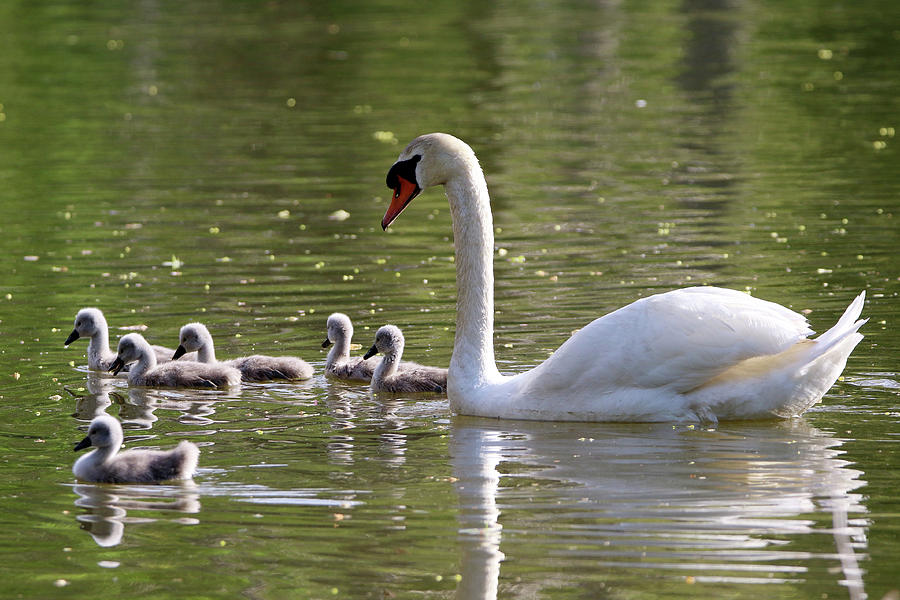
Swan And Stony Brook New York Photograph by Bob Savage Fine Art America
A juvenile swan normally lives as part of a flock until it is about 4 years old and deemed as being an adult. It then seeks out a mate, most commonly from the flock it's living in, and heads off with the mate to find their own mating territory. If another mating pair is nearby then problems can occur in the form of a territorial battle, the.

NI Bird Pics Alistair Prentice Mute swan and
Trumpeter Swans demand superlatives: they're our biggest native waterfowl, stretching to 6 feet in length and weighing more than 25 pounds - almost twice as massive as a Tundra Swan. Getting airborne requires a lumbering takeoff along a 100-yard runway. Despite their size, this once-endangered, now recovering species is as elegant as any swan, with a graceful neck and snowy-white plumage.
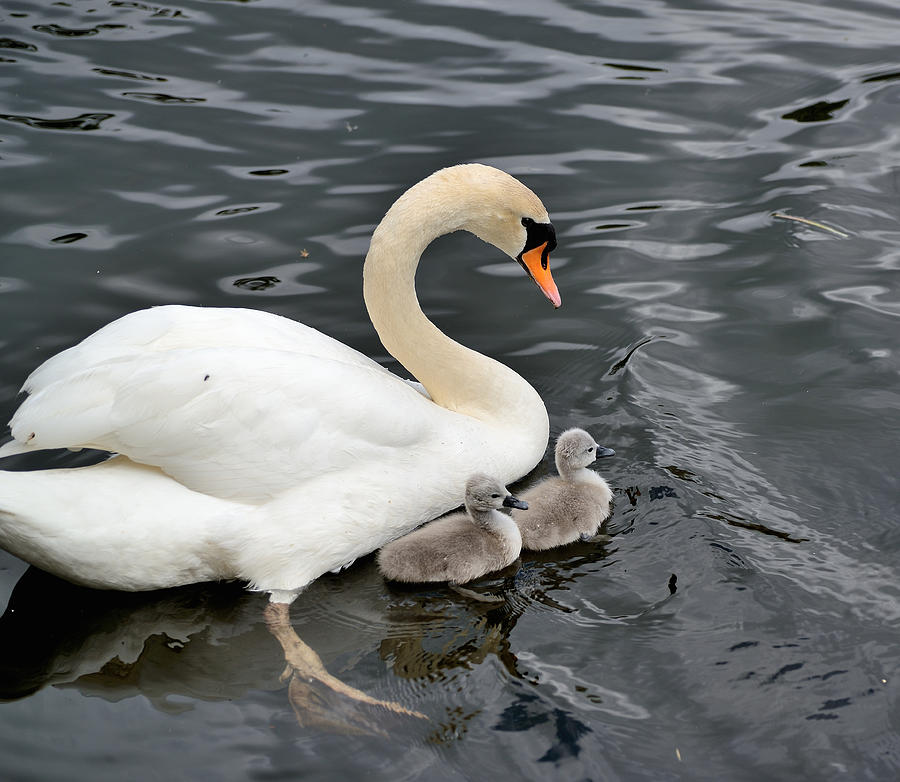
Swan And Photograph by Kathy King
The mute swan ( Cygnus olor) is a species of swan and a member of the waterfowl family Anatidae. It is native to much of Eurosiberia, and (as a rare winter visitor) the far north of Africa.

white swan and baby's swan on body of water, swan, white swan baby
When swans are born they're called cygnets, which is pronounced sig-net. Cygnets keep their name until they're a year old at which time they have two options for names. An adult male swan is called a cob and an adult female swan is called a pen. While there is no specific term for a group of baby swans, a group of swans is called a flock.